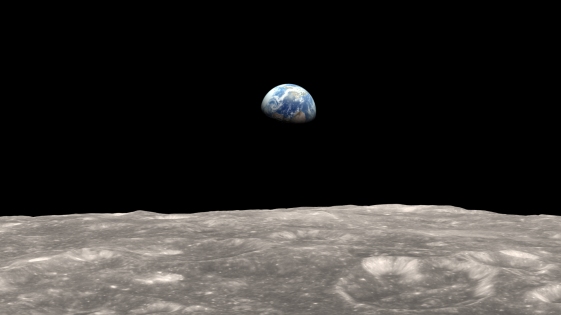There are a lot of galaxies in the universe, and like people on a crowded dance floor, they sometimes collide. The time it takes for the full collision to unfold is hundreds of millions of years, so what we see when we observe colliding galaxies with our telescopes are really just snapshots of particular moments during the collision. To try to understand the physics of galaxy collisions, astrophysicists often create sophisticated supercomputer simulations that match our observations of different stages of actual collisions; but instead of taking a hundred million years to play out, we can watch the whole thing happen in the space of minutes.
I love watching simulated galaxy collisions, and I think you’ll find them fascinating, too. It’s as though two galaxies decide to become partners in some cosmic ballroom dance. Even though the collisions are destructive, there is something so graceful and elegant about them that I always hear Mozart in my head as I’m watching.
I wanted my astronomy students to appreciate all this, so a few years ago I put together a video compilation of three galaxy collision simulations by astrophysicists at Case Western Reserve University and set them to one of my favorite Mozart symphonies. The simulations are sometimes paused mid-collision so that the “camera” can pan around to give us a look from different angles. Following each simulation there’s an image of an actual galaxy collision of that type so you can see how well the physics of the simulations matches what we observe in the universe.









![Ground-based image of Orion, Canis Minor and Canis major [Credit: Akira Fujii]](https://sixdayscience.files.wordpress.com/2013/03/heic0516d.jpg?w=504&h=396)




